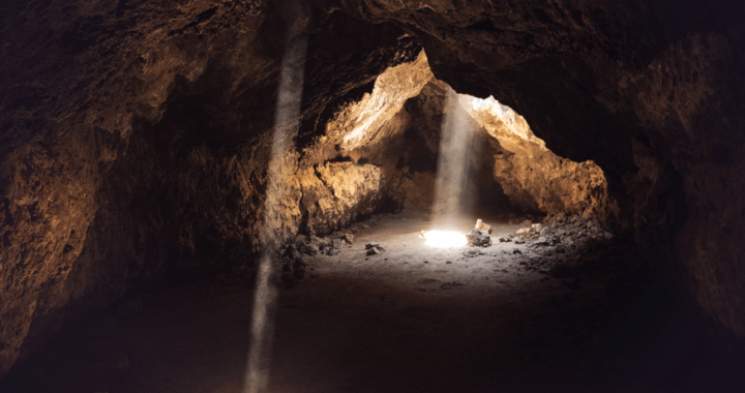Part One:
I have decided to share my journey through the journey that my friend Shelley Neese has written about in her great book, The Copper Scroll Project: An Ancient Secret Fuels The Battle for The Temple Mount. I’m doing this because I want to share my excitement about the story Shelley relates and encourage everyone to read the book. But even more so, I am doing this because this is such important information to our faith and to its Hebrew origins.
Rather than write my own summary of the story, I am going to unveil it in Shelley’s words as I read the book. So here goes:
In Chapter 1 “Promise” Shelley introduces us to Jim Barfield, a retired firefighter and arson investigator from Oklahoma, in his pursuit of discovering the secrets of the Copper Scroll. She explains, “The Copper Scroll is a 2000 year-old metal document listing over sixty locations for vast amounts of buried gold, silver coins, and utensils from the Jerusalem Temple.” Barfield’s research led him to believe that the hiding place for these objects is Qumran, where the Dead Sea Scrolls were discovered. And so Barfield is on his way to Qumran.
Barfield and Israeli legislator Moshe Feiglin meet at Qumran. Feiglin’s reasons for joining? “No physical evidence from the interior of the Jewish First or Second Temples had ever been unearthed. If the Copper Scroll launched a rescue operation of sacred artifacts, Feiglin anticipated a national religious awakening in Israel.”
As Barfield’s adventure unfolds, Shelley provides some history on those first amazing archaeological discoveries from Qumran, The Dead Sea Scrolls. I had heard much of the narrative about the Bedouin shepherd discovering the large pottery jars and finding scrolls in them. But there were some aspects of the story that I had either never known, or never realized how amazingly they reveal the hand of God in this discovery. God wanted those scrolls to be found! Such as:
- The shepherd and his tribesmen considered “repurposing” the strips of leather but decided against it.
- The exact moment that Professor Eleazar Lipa Sukenik from Hebrew University was unrolling and reading the scrolls, the announcement came over the radio that the UN General Assembly voted in favor of the establishment of a Jewish state.
- The Syrian Archbishop, Mar Samuel, who had obtained more of the scrolls refused to sell them to Professor Sukenik. The Archbishop smuggled the scrolls out of Jerusalem to New York and as Shelley relates poignantly, “Sukenik died believing all hope of acquiring the scrolls for the Jewish nation was gone.” BUT. . . Mar Samuel, trying to sell the scrolls in America, put an ad in The Wall Street Journal. And an Israeli archaeologist and Army General, Yigal Yadin, just happened to be in New York giving a lecture the day the ad appeared and saw it. “Yadin was the son of Sukenik.”
That’s right. I don’t know about you, but when I read that, my eyes filled with tears. What tender mercy of God. That the very son of the man who revered those scrolls so much and wanted his newly created nation to have them just happened to be in New York and to get a Wall Street Journal and to read all the way to the ads on page fourteen!?
I have been to the Shrine of the Book and seen those amazing Dead Sea Scrolls. When I walked around the display, it truly felt as if I were walking on holy ground. This was not just because of the sacred content of the scrolls, but because of the Divine plan that had been enacted for their discovery.
More in part two of my blog post on The Copper Scroll Project. Can’t wait to see to what great lengths God will go to ensure those discoveries!
(This post was originally published at the Patheos blog, Faith & Chelsen, and is reproduced with permission.)





Comment by David on May 14, 2019 at 8:24 am
The copper scroll is a curious object for several reasons, not least being it is made of copper. Since it was cut open and the text revealed, many have attempted to locate the “treasures” mentioned. To date, none have been located. Two structures in Rome likely explain this. The Arch of Titus shows the menorah and other objects from the temple being carried in a triumphal procession. These are likely accurate depictions as the actual objects were displayed nearby. The Colosseum has on it mounting holes for bronze letters that are now missing. In recent years, these were deciphered as, “The Emperor Caesar Vespasian Augustus had this new amphitheatre erected with the spoils of war.” The war in question was unquestionably the Jewish Revolt in 70 CE. So, it is likely the Romans carried off the temple treasures.